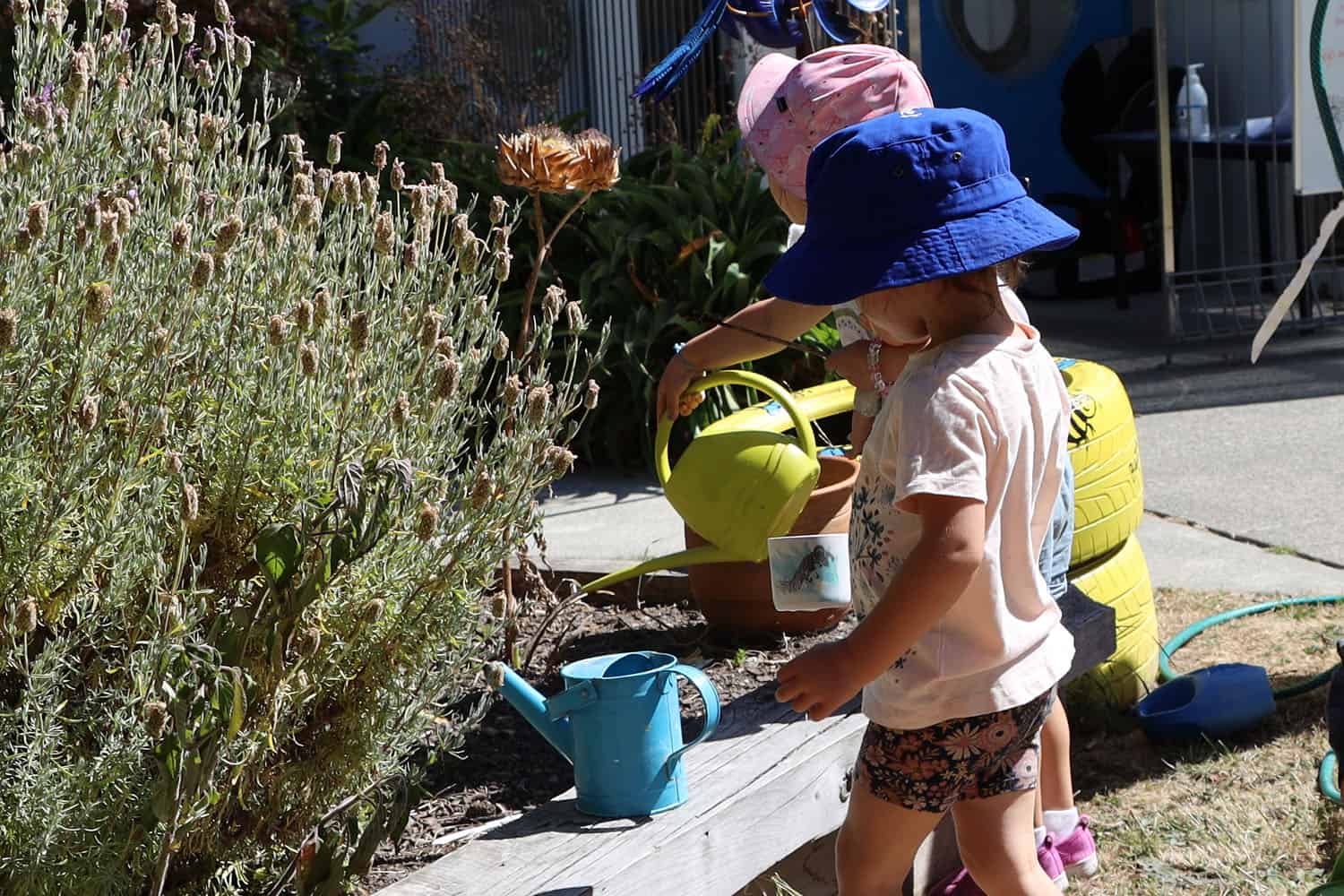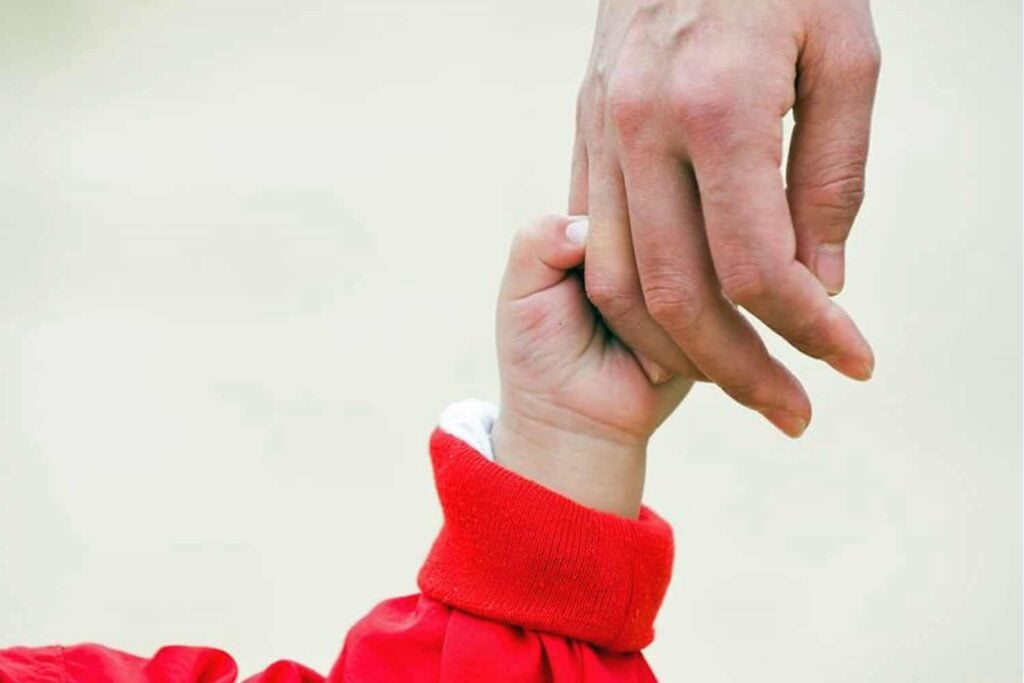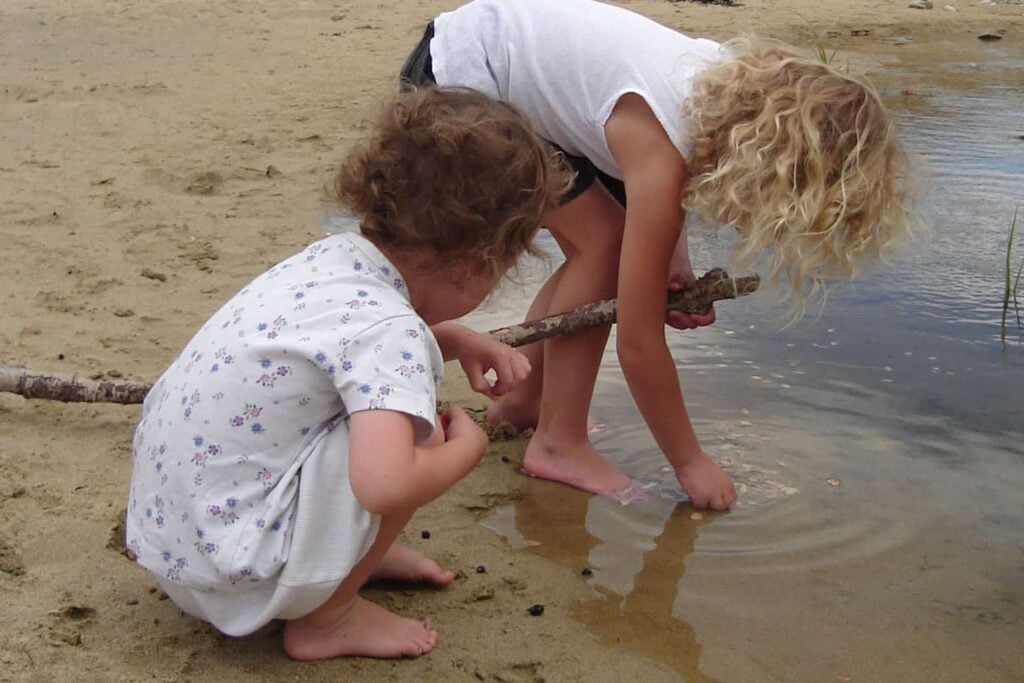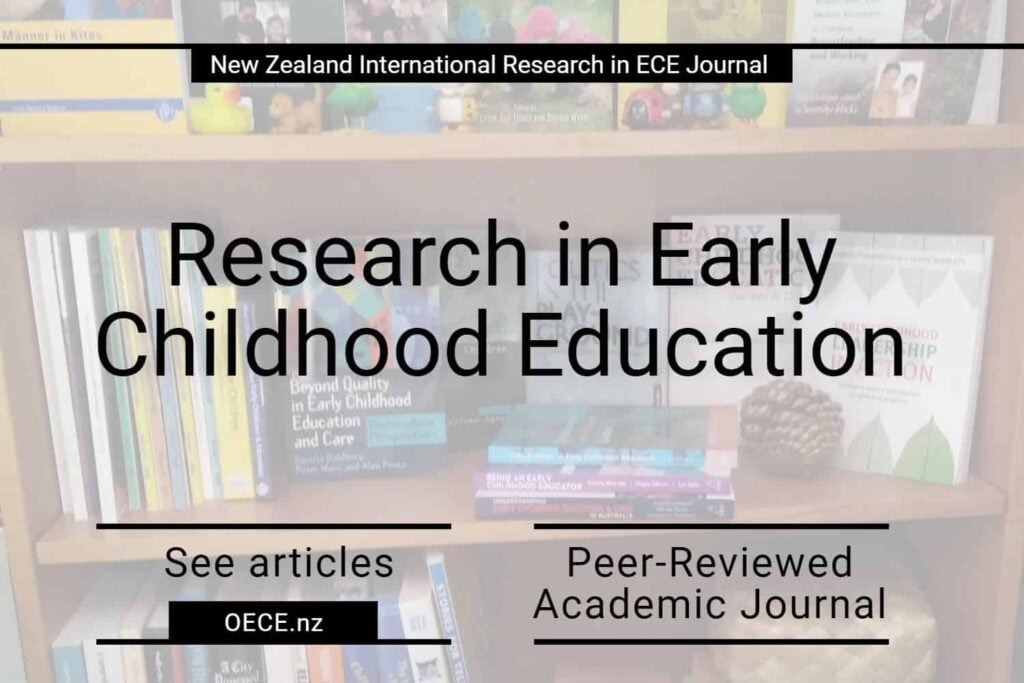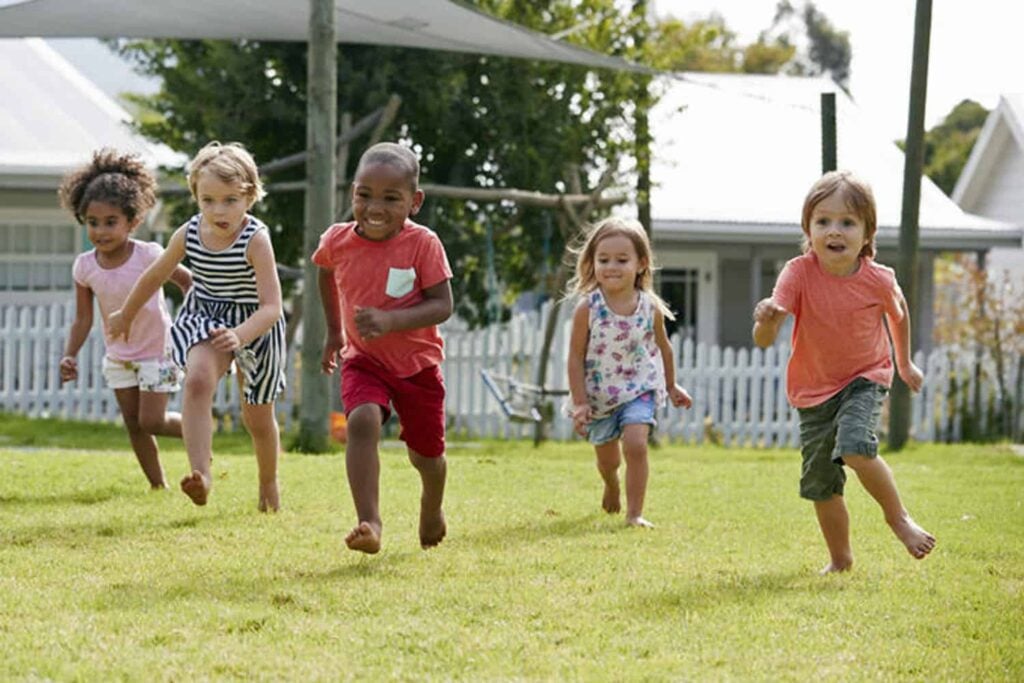Hot temperature.
February, 24, 2021.
Early childhood services face challenging conditions as temperatures soar in many parts of the country. There are water restrictions in many places too!
In contrast to ECE services in places such as Queensland Australia where heat wave conditions can be a frequent occurrence, New Zealand early childhood services are not generally well designed for very hot weather conditions.
Centres may not have adequate outdoor shade. Sleep rooms can become stifling without a good flow of air and no air-conditioning. Centres may have fewer windows than what most homes would have and windows that only partially open.
There is a danger of children being exposed to potentially dangerous temperatures sitting restrained in car-seats for up to an hour in vans run by ECE services that provide a pick-up and drop off service.
Using prams as a method to transport infants or to protect from sunburn can be potentially dangerous too, as the temperature inside a pram can soar by as much as 10 – 15 degrees Celsius or more.
Early childhood services face challenging conditions as temperatures soar in many parts of the country and water use must be restricted.
But we are hearing from many educators, teachers, mangers and service providers who are working around problems to keep children and themselves safe in the heat.
The Office of ECE’s tips for keeping safe include:
- Be sure to stay well-hydrated – make cool water and cups freely available for every child and adult
- Be aware that individuals can feel and react to heat differently. Signs to look out for include: changes in breathing patterns, increased irritability, quick onset of fatigue/ weakness, heavy sweating, dizziness and fainting. Factors that can influence how hot an individual feels include being over-weight, a low level of fitness and some medications.
- Provide cooling snacks such as ice-blocks and fridge cooled and cut oranges, apples, melon … (any food that is a potential choking hazard such as raw apple and carrot should be cooked and then cooled or provided grated or mashed)
- Provide cold cloths throughout the day for placing on the back of the neck, forehead, and wrists
- Emphasise activities that include water such as sandplay with water buckets and hose (providing there is sunshade over the sandpit, swimming, sprinklers, water spray bottles and water guns, foot spas and water games such as basins of water for children to dip their feet in and pick up small toys with their toes
- Keep out of direct sunlight and under shade outdoors or where there may be a good breeze
- Stay out of rooms with appliances emitting heat – such as the laundry
- Don’t do cooking that requires using an oven
- Enable air movement, e.g. by opening windows and doors for cross breeze, using standing fans (being mindful of electrical cord safety) and wall fans
- Lower your expectations for physical activity and provide more activities for fine motor movement
- Support children to eat healthily and light
- Ensure clothing is light and does not stick to the skin – cotton fabric
- At sleep times, take clothes off and leaving nappies or underwear on only. No blankets and a light cotton sheet at most only (not tucked in)
- Allow children to nap/ sleep outdoors in the shade where and when practicable
- Fence off artificial grass, rubber mat ground surfaces and playground equipment (such as slides) that can become hot and even result in burning if touched.
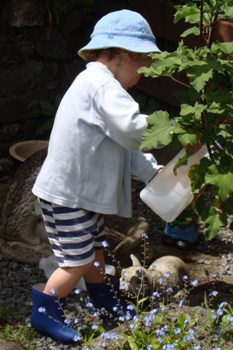 Regulations / Legal requirements
Regulations / Legal requirements
A maximum temperature is not prescribed under the early childhood regulations in NZ.
A minimum temperature for indoor rooms that children occupy only is specified (see details about regulations on maximum and minimum room temperature at My ECE).
However, service owners could find themselves breaching the Health and Safety at Work Act if any person suffers serious health or life-threatening effects from inadequate temperature control. A key purpose of the Act is “protecting workers and other persons against harm to their health, safety and welfare by eliminating or minimising risks arising from work.”


